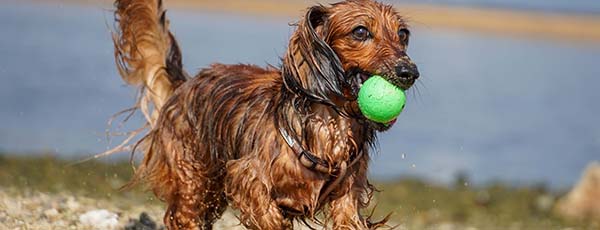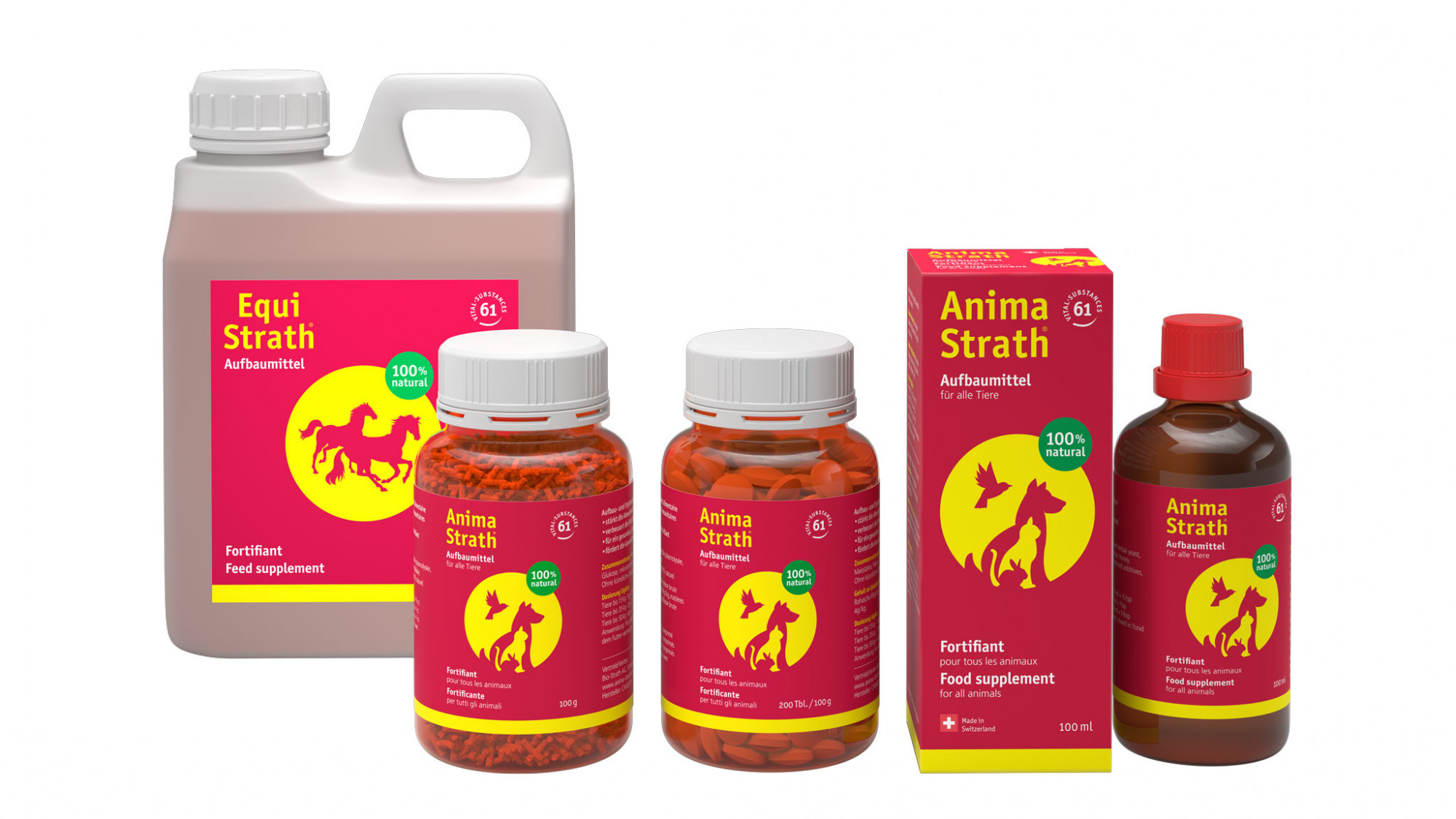
Pet blog and guide
Time to breathe
Teaching the dog a new trick, bonding with your cat playing hunting games, letting the rabbit jump over small obstacles – whatever you do with your four-legged friends, one thing is more important than anything else – their health.
HOW BREATHING WORKS
Breathing plays a central role in the fitness of our four-legged friends: Normally, animals breathe in through their nose where the air is humidified and heated if necessary and all coarse dust and dirt particles are removed. The air is then drawn in through the larynx and trachea into the lungs, where the trachea branches out into the bronchi and the passages become increasingly narrower. The smallest parts of the lungs are the alveoli. This is where the gases are exchanged, fresh oxygen is released into the blood and the spent carbon dioxide is collected for exhalation. This principle is the same for all our pets.
DIFFERENCES IN ANIMALS
The volume of the lungs, on the other hand, varies greatly: A relaxed dog with a body weight of about 20 kg takes in about 0.3 litres of air with each breath, but a rabbit that is lazing around takes in at most a tenth of this volume. An interesting comparison – a horse inhales a remarkable six litres of air in one breath. Apart from volume, the breathing rate plays a crucial role in determining how much oxygen enters the bloodstream. The rule of thumb is the smaller an animal, the higher the frequency. A dog breathes about 15-30 times a minute (a dachshund more often than a Great Dane), a cat about 30 times, a rabbit about 60 times, a guinea pig about 100 times and a mouse even 120 to 200 times – it’s difficult to keep up when you are counting.
The breathing rate is not set in stone, but changes according to the activities of the body. If two rabbits are racing or two dogs play boisterously with one other, the oxygen demand of the muscles increases. To meet this demand, the respiratory rate is boosted significantly and additional oxygen is supplied via the alveoli. This is already urgently needed in the muscles, so the blood now flows faster – the heart rate increases. The movement therefore not only activates breathing, but also the entire cardiovascular system and metabolism. This interaction ensures a strong immune system.
OUT OF BALANCE
Breathing is a complex process that can become unbalanced for reasons of illness or age. When problems occur, coughing is common. This basically happens whenever something has accumulated in the lungs that the body wants to get rid of quickly. This can be liquids, mucus or solid substances. The cause may be, for example, cardiac insufficiency. Small blockages in the fine network of the lungs are also a possible cause. However, there are other symptoms of breathing disorders. Animals breathe shallower or faster, breathing makes noises, our four-legged friends seem out of sorts and lethargic. The causes are manifold. Cats can suffer from asthma, and allergies can also negatively affect breathing in our animals. Moreover, in old age, their lungs are usually no longer as elastic as they were when they were young and are sometimes weakened by a lifetime of accumulated deposits. If complaints occur, it is essential to consult a veterinarian.
WHAT ACTIVE HERBAL INGREDIENTS DO
You can also do something positive for your pets on a herbal basis. Thyme contains a lot of essential oil, which is an expectorant and has a cleansing effect on the lungs. It stimulates the fine cilia, which are responsible for the removal of foreign substances and is used, among other things, to help alleviate bronchitis or coughs. The positive effects are scientifically substantiated. In addition, thyme supports the immune system with its antibacterial and antiviral effect. Cowslip root is also used as a traditional remedy for respiratory problems. It is rich in saponins, which help the body shed stubborn secretions and therefore also promote the self-cleaning function of the lungs.
Thyme is an important component of Anima Strath with thyme, which ist based on plasmolysed herbal yeast with 61 valuable micronutrients. It supports the bronchial function, improves breathing, strengthens the immune system and improves vitality.
Because air and love are vitally important.
Tanja Warter, veterinarian

